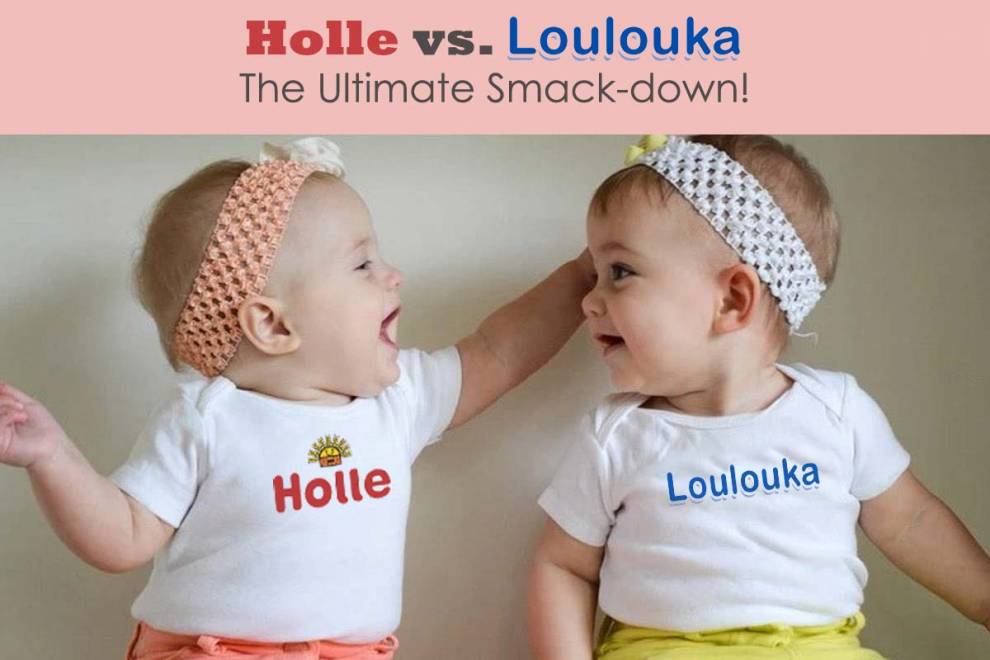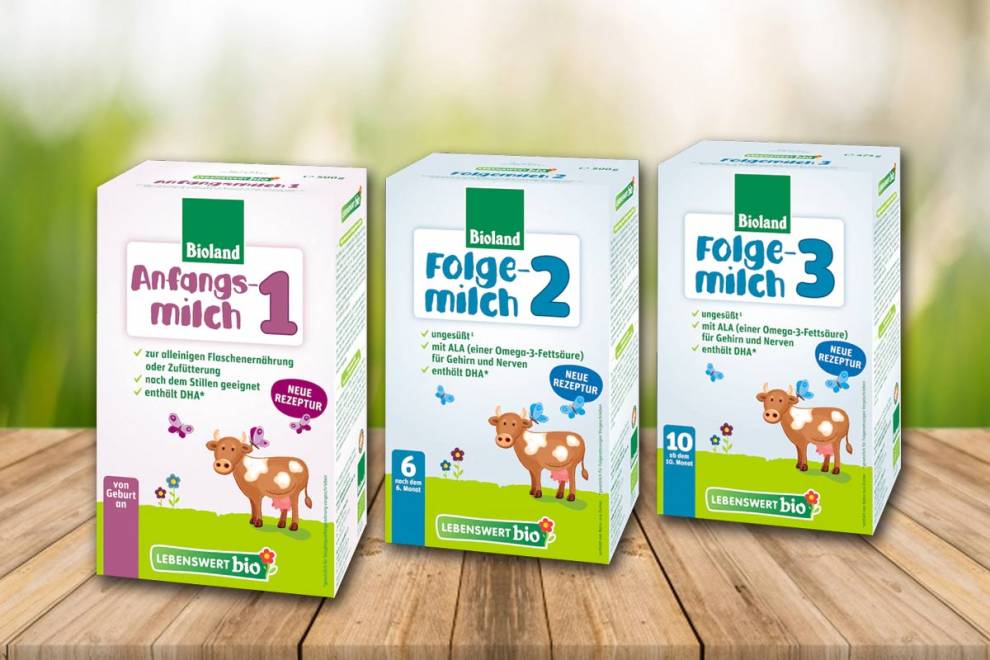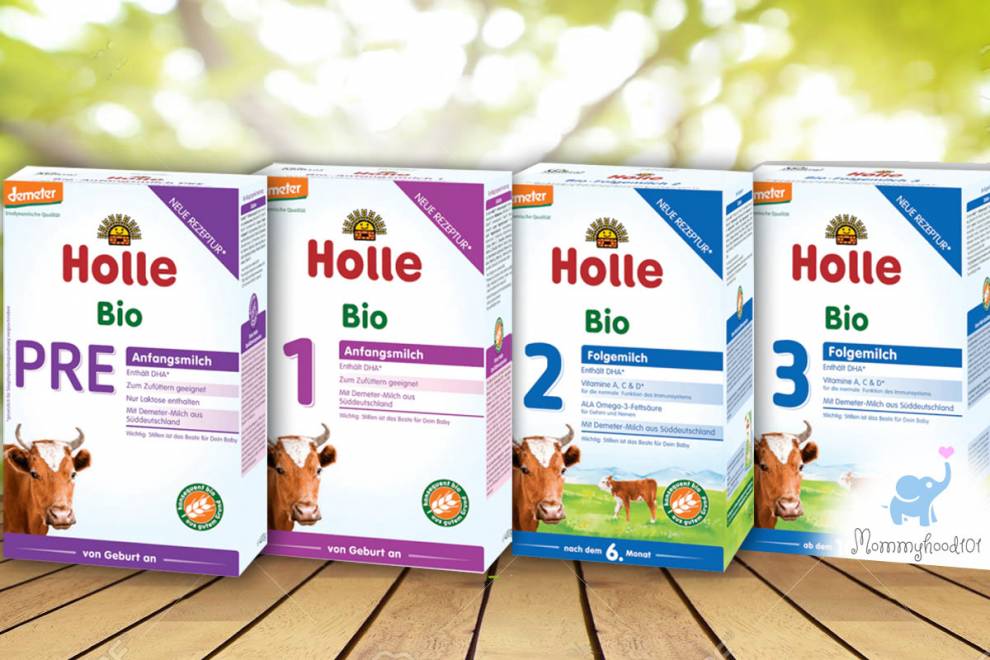Wipe away your worries with this guide to picking the perfect baby wipes.
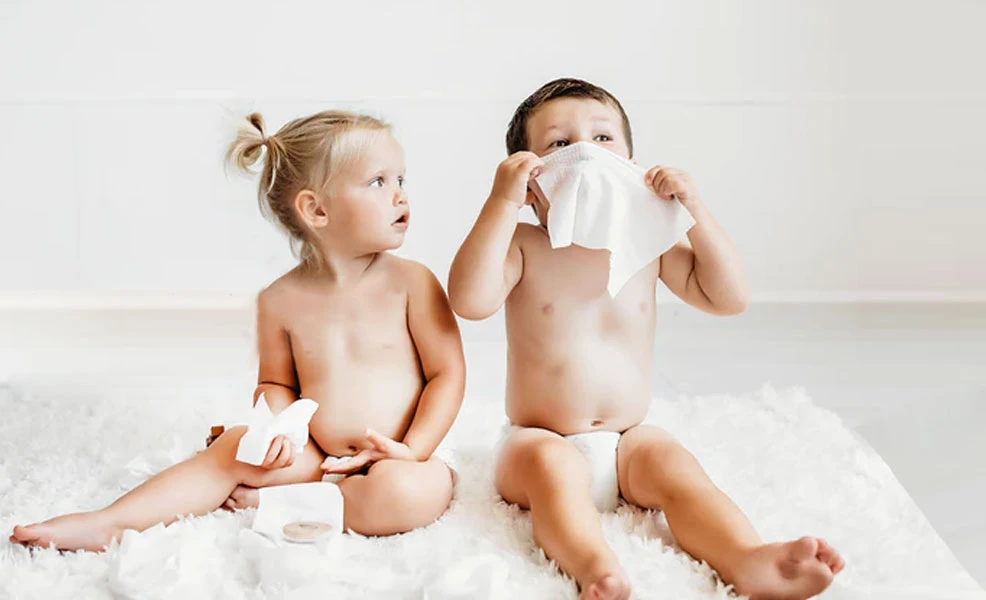
Mommyhood101 independently tests and curates baby gear to help you make informed decisions. If you buy products through links on our site, we may earn a commission.
Baby wipes are essential for keeping your baby fresh, clean, moisturized, and comfortable between baths.
But not all baby wipes are created equal, which is why we put so much time into finding the best baby wipes every year!
In this article, we dive into the details to teach you over a dozen important facts about baby wipes, including how they're made, ingredients, textures, cleaning effectiveness, and disposal.
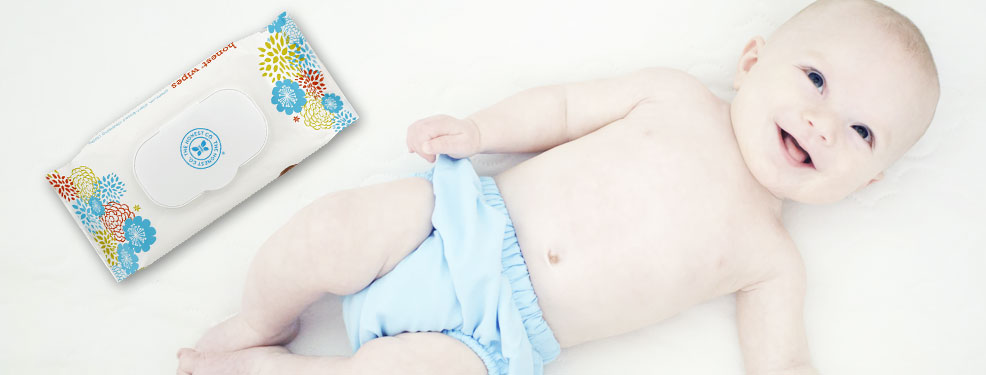
What are Baby Wipes?
Baby wipes are pre-moistened towelettes designed to effectively clean and soothe a baby's skin during diaper changes.
They are usually dispensed single-serve in thin rectangular sheets made from cotton, bamboo, polyester, and other non-woven blends. Importantly, baby wipes use sensitive ingredients to avoid irritating your baby's skin, and usually contain at least one moisturizing and soothing ingredient.
For these reasons, baby wipes are perfect for cleaning both number 1 (urine) and number 2 (poop) off your baby's private parts.
How are Baby Wipes Made?
Most baby wipes are made from cotton, polyester, bamboo, or a nonwoven blend of multiple fibers that are saturated with water, oil, cleansers, and preservatives.
Instead of using a time-consuming fabric weaving process, baby wipe manufacturers use a non-woven fabrication process (similar to how dryer sheets are made).
Here are the typical steps involved in making baby wipes:
- Raw ingredients such as cotton, polyester, viscose, cellulose, polypropylene, and bamboo fibers are blended together in giant vats of wet mixture.
- Short and long bonds are created between the fibers using chemicals, heat, and/or force, causing them to stick together.
- These fiber mixtures are then flattened, spun, and dried, and rolled into spools resembling giant paper towel rolls (see image below).
- These rolls are then sent into large industrial machines that cut, shape, saturate (with the wet ingredients), fold, and package the wipes.
This video shows the process starting with the giant rolls, and then the wetting, folding, and packaging process:
Each giant roll of non-woven fiber can produce thousands of packs of baby wipes in a matter of a few hours!
Ingredients to Avoid in Baby Wipes?
Baby wipes usually contain a combination of water, oil, cleanser, and a preservative. Some have much simpler formulations, for example, only water and a mild preservative, and some have relatively complex formulations with multiple oils, cleansing agents, and preservatives.
Remember the wipe-wetting process we described above? The question is what exactly is in the saturation mixture that is doused all over the wipes? Whenever we consider new releases for inclusion in our list of the best baby wipes, we spend a lot of time researching the ingredients.
You'll be using the wipes several times a day, so definitely pay attention to the safety of each ingredient.
Here are the most commonly used ingredients in baby wipes:
- Water. Not surprisingly, most baby wipes are saturated with at least 95% water (typically filtered, purified, or distilled).
- Oils and Moisturizers. Oils help remove soil from your baby's bottom, keep the wipe from drying out too easily, and provide a thin moisturizing film for the skin. Most baby wipes use olive oil, vegetable oil, olus oil, coconut oil, castor oil, glycerin, or various seed oils (like tomato, raspberry, cranberry, and sunflower). Of course, some oils are more irritating than others.
- Cleansers. In most baby wipes, this is basically like a drop of soap. Of course, what's in the soap matters quite a bit. Sometimes the cleansers are relatively mild surfactants like lauryl glucoside or disodium cocoamphodiacetate, but sometimes they are relatively harsh like sodium lauryl sulfate (SLS) and sodium laureth sulfate (SLES).
- Preservatives. Preservatives help keep baby wipes fresh and prevent bacteria, mildew, or mold from forming in the package. Even Water Wipes have a bit of mild preservative, namely grapefruit seed extract (and trace benzalkonium chloride). Another relatively mild preservative found in baby wipes is citric acid, though some have pretty harsh preservatives that should be avoided: phenoxyethanol, benzyl alcohol, sodium benzoate, or methylchloroisothiazolinone.
- Fragrance. Because fragrances can be a common irritant for sensitive baby skin, we recommend against their inclusion in baby wipes. Most sensitive baby wipes do not include any fragrance, but some others include harsh fragrances that are not only irritating to the skin but also a little overwhelming at times.
Here is a non-exhaustive list of the good, bad, and ugly ingredients commonly found in baby wipes:
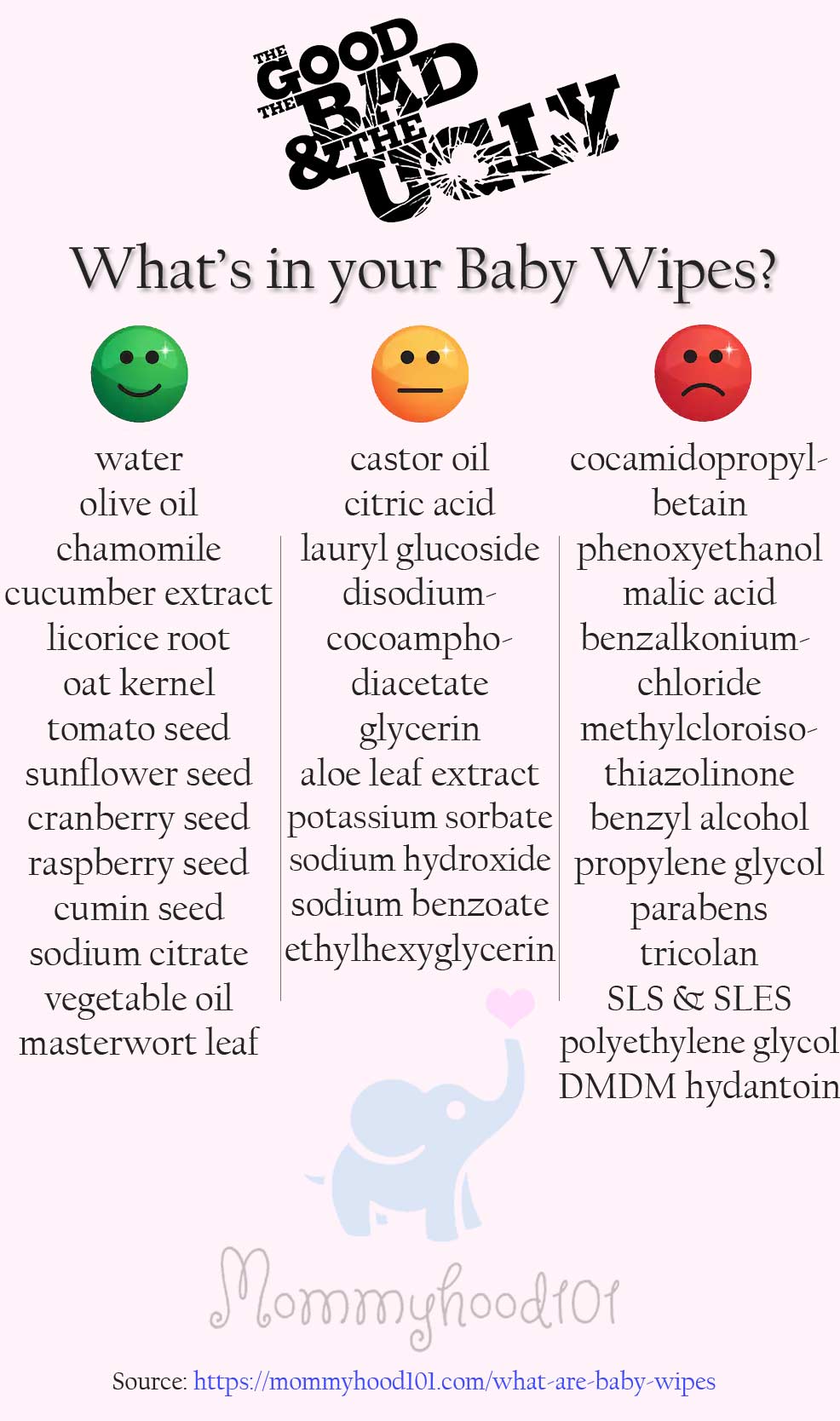
The best source for determining the risk levels of individual ingredients is the Environmental Working Group's (EWG) SkinDeep Database, which rates each ingredient on a scale from 1-10 based on cancer risk, developmental and reproductive toxicity, allergies, and immunotoxicity. These ratings are used when we're determining which ingredients to avoid.
How Many Baby Wipes Do I Need?
| Age | Diaper Changes | Baby Wipes |
| 0-6 Months | 8-12/day | 25/day |
| 6-12 Months | 5-7/day | 15/day |
| 12+ Months | 4-6/day | 10/day |
For these estimates, we assume that about half of the diaper changes are soiled during the first 6 months, about a third of diaper changes are soiled during months 6-12, and about two soiled diapers per day once your baby is over 12 months of age.
Every time you change your baby's diaper, you will likely use at least one baby wipe.
For a wet diaper, you will probably only need one wipe. For a soiled diaper, you will probably need at least two or three.
If you consider that newborns can poop upwards of 5-10 times a day, that's a lot of diapers and wipes!
Each package of baby wipes usually contains about 50 wipes. So expect to use about three packs per week for the first six months, two packs per week for the next six months, and about a pack and a half per week onward.
Of course, remember that you'll likely realize how great baby wipes are for cleaning up other things on your baby and around the house.
They're great for quickly wiping your baby's hands and face after a feeding, wiping the tray of a high chair, wiping down the diaper changing pad, and maybe even using them on yourself! The point is, be sure to add a little padding to your baby wipe orders to make sure you don't run out prematurely.
Are there Flushable Baby Wipes?
If your home uses a septic system, you should avoid flushing any baby wipes, even the ones labeled as "flushable" or "biodegradable."
Just because a baby wipe is labeled as biodegradable, flushable, or septic safe doesn't mean it's going to degrade quickly or effectively enough for a septic system, and will very likely end up clogging your system. Nobody wants to pay thousands of dollars to have baby wipes cleaned out of their septic system, so definitely just throw the wipes into the garbage or a diaper pail.

If your home is on city or local sewer, technically flushable wipes can be flushed down the toilet. But that doesn't mean you should. Baby wipes wreak havoc on sewer lines and waste treatment facilities, and most towns and cities strongly urge their residents to avoid flushing baby wipes down the toilet.
Can you Compost Baby Wipes?
No, you should never attempt to compost baby wipes in your garden or green bin. Even if the baby wipes are labeled as compostable, human waste is not suitable for composting.
Furthermore, even biodegradable baby wipes may take hundreds of years to break down to a level sufficient for processing, and a single-soiled baby wipe can ruin an entire bin of compostable waste.
Are there Organic Baby Wipes?
According to our research, unfortunately, there is no such thing as a fully organic baby wipe, unless you're using your own soap and water on a cloth.
Even if a baby wipe contains only water and a few organic ingredients, the challenge is that the wipe itself is very likely made using plastics and chemical bonding agents during manufacturing.
For example, the Made Of baby wipes are EWG Certified for their low-risk ingredients and certified organic, but they provide no information about the content of the nonwoven wipes themselves. Are the fibers bonded using chemical adhesives, do the fibers contain plastics? We reached out to Made Of for clarification but have not heard back.
On the other hand, there are some wipes made with only cotton wool and do not include plastics or chemical adhesives, such as the ones made by Mum & You, but the ingredients aren't organic.
If you're truly concerned about your baby wipes being organic, we strongly suggest using your own cloth along with a spray bottle of distilled water and your favorite organic ingredients (like organic coconut oil and organic cleanser or shampoo).
Another option is made by the Honest Company, which provides organic cotton baby wipes that are completely dry. With these, you need to dip them in your own wet solution (warm water, water and oil, a gentle cleanser, etc) before using them. In our testing, we found those to be very thin and we ended up needing to use about 5 of them to effectively clean up a soiled diaper, which gets very expensive (they're already about 12 cents per wipe!).
Are there Nontoxic Baby Wipes?
Of course! One of the most stringent certification bodies for nontoxic ingredients is Made Safe, which follows a very comprehensive process to ensure all raw ingredients used in a product will not cause human or environmental harm.
One way to ensure that the baby wipes you're using are nontoxic is to look for the Made Safe label. Examples include Natracare, Caboo, and Mamaearth baby wipes.
Another way is to check the EWG database for each product, and if the product isn't listed, search for each ingredient and make sure it scores a 1 (lowest risk).
For example, the Honest Co baby wipes score a 1, as do the wipes offered by Babyganics, and Pampers Aqua Pure, all of which are included in our list of the best baby wipes.
Some parents figure out alternatives to baby wipes for
What Are Baby Wipe Alternatives?
Some parents figure out alternatives to baby wipes for some combination of financial, environmentally-conscious, or practical (e.g., flushing) reasons.
Some use existing household supplies like paper towels and water, toilet paper and water, or cloth towels that they wash alongside their cloth diapers.
Others try making their own baby wipes, using a combination of paper towels, distilled water, oils (coconut, baby oil), and a mild cleanser or shampoo (like Johnson's).
The distilled water will slow down any bacterial growth, the oil will keep skin moisturized and help clean soiled diapers, and you know what the cleanser will do. Here is a great instructional video on how to make your own baby wipes!
We've made these several times and they last about a week or so before getting a little funky. The cost savings is huge, of course, but the convenience factor is definitely low.
What do Baby Wipes Cost?
The cheapest baby wipes on the market are Amazon Elements Baby Wipes, which when purchased in quantity (like a box of 800 wipes) are about 2 cents per wipe.
The most expensive baby wipes on the market are the Honest Company Baby Wipes, which are about 7 cents per wipe (they also make their organic dry wipes, which are about 12 cents per wipe!).
Coming in at about the same price (7 cents per wipe) are the Burts Bees baby wipes.
In the middle, you can get very high-quality baby wipes for about 4-5 cents per wipe. These include the Babyganics and Bloom Baby baby wipes at about 4 cents per wipe.
That being said, expect to spend about $30 USD per month on baby wipes for the first 6 months of life, then a bit less as your baby gets older.
How to Store Baby Wipes?
Store unopened baby wipes in a cool, dry area. Examples might include a pantry or nursery closet. Most baby wipes have an expiration date that is about 1 year after manufacturing.
Try to use the wipes before they expire, such as using the older packs of wipes first, to help make sure they don't dry out or form bacteria.
Once you've opened a package of baby wipes, be careful to seal the package between uses. If you leave the package open, and a wipe partially sticking out, that wipe will be dried out in a few hours.
Some baby wipe packages use a plastic flip-top, but most use a resealable adhesive label that you peel up and stick back down.
Definitely not necessary, but some parents like to store an opened pack of baby wipes in a baby wipe warmer, to keep the wipes sealed and warm (this is nice in the winter!).
If you like the sound of this idea, check out our annual reviews of the best baby wipe warmers!
Where to Buy Baby Wipes?
In-store or online. The best prices tend to be either online (like at Amazon) or at big-box stores like Walmart or Costco.
We suggest waiting for a sale or discount and then purchasing in bulk. We have purchased a year's supply at once simply because the prices dropped to about 2 cents per wipe for the Pampers Aqua Pure and we jumped on the opportunity.
In the box and sealed in the packaging, baby wipes can be stored for about a year before you run into issues with bacteria, mildew, or drying.
Questions? Send us a message on Facebook, or an email!







